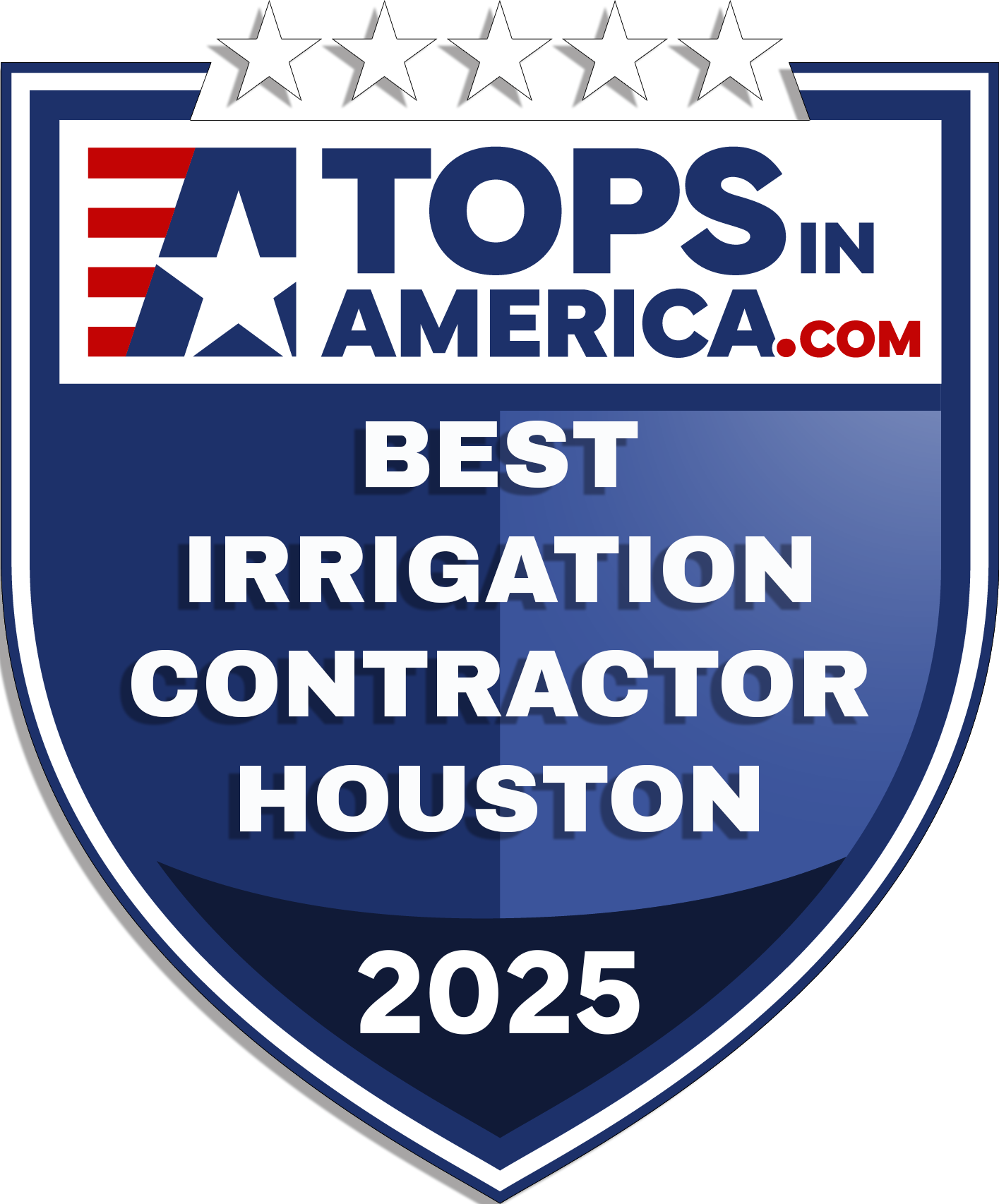Common Mistakes of DIY Lawn Sprinkler Installation
Installing a lawn sprinkler system can be a rewarding DIY project that not only enhances the health and beauty of your lawn but can also save you money in the long run. However, the installation process is fraught with potential pitfalls that can negate these benefits if not properly navigated. Here, we’ll highlight some of the most common mistakes DIY enthusiasts make when installing lawn sprinkler systems and how to avoid them.
1. Incorrect Sprinkler Head Placement
One of the fundamental aspects of sprinkler installation is determining where to place your sprinkler heads. A common mistake is placing them too far apart or too close together, leading to uneven water distribution. Under certain circumstances, this can cause patches of your lawn to be either underwatered or overwatered. To avoid this mistake, ensure you understand the spraying radius of your sprinkler heads and plan your layout accordingly to achieve overlap and uniform coverage.
2. Mismatched Components
Different parts of a sprinkler system — from pipes and valves to sprinkler heads — come in various sizes and specifications. Using mismatched components can lead to reduced system efficiency, leaks, and water pressure problems. Always verify the compatibility of every part you plan to use in your system. It’s often beneficial to stick with the same brand or manufacturer recommendations when selecting components for your system.
3. Overwatering or Underwatering
Finding the right balance of watering is crucial for the health of your lawn. Overwatering can lead to waterlogged roots and the proliferation of fungi and lawn diseases, whereas underwatering can stress your lawn, leading to brown, dead patches. Avoid this by doing research on your specific type of grass and its water needs, factoring in your local climate and weather patterns. If possible, incorporate smart technology like moisture sensors that can help automate and regulate watering based on actual lawn needs.
4. Ignoring Local Watering Restrictions
Many localities have specific watering restrictions in place to conserve water. These can include regulations on the days you can water, the amount of water you can use, and even the type of sprinkler heads you are allowed to install. Ignoring these restrictions can not only reduce the efficiency of your watering routine but can also result in fines. Make sure to check with your local water authority or municipal guidelines to ensure your system complies with all relevant regulations.
How to Avoid These Mistakes
- Plan Carefully: Take the time to thoroughly plan your system layout on paper before beginning your project. Consider consulting with a professional to verify your plan.
- Educate Yourself: Investigate the particular needs of your lawn, including the type of grass and soil you have, and how your local climate affects water needs.
- Invest in Quality: Opt for high-quality components and, if possible, choose parts from the same manufacturer to ensure compatibility.
- Stay Informed: Keep up to date with local regulations regarding lawn watering and installation requirements for irrigation systems.
While DIY lawn sprinkler installation can seem daunting due to the potential for missteps, proper preparation and knowledge can lead to a successful project. By avoiding common mistakes such as incorrect sprinkler head placement, using mismatched components, improper watering, and overlooking local restrictions, you can ensure your lawn remains lush, healthy, and vibrant.
If you have any questions or need any type of sprinkler system repair, the experts at Mr Sprinkler Repair will be glad to help. Give us a call or 855-695-1000 to set an appointment.


